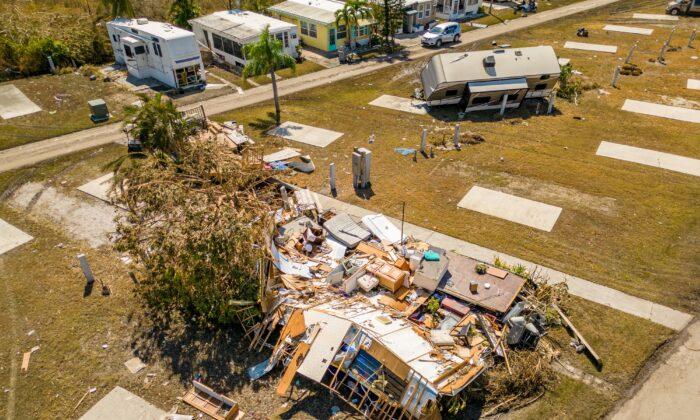However, there are important limits to the deductibility rule. Generally, only itemizers who file Schedule A with their federal tax return can take a tax write-off for damage to personal property. And two offsets apply. First, you must reduce the amount of the loss by $100. Then, you can deduct the balance only to the extent that it exceeds 10 percent of your adjusted gross income (AGI).
For example, say you have $25,000 in uninsured losses from damage to your house from Ian, and your AGI is $150,000. You would first subtract $100 from the $25,000. Then you would subtract $15,000 (10 percent of your AGI) from your $24,900 balance. The remaining $9,900 is the amount you can deduct on Schedule A. Use IRS Form 4684 to compute and report your casualty losses from Ian and then transfer the deductible loss to Line 15 of Schedule A.
The IRS offers multiple ways for individuals to figure the loss to their home or personal belongings. For example, one method lets a homeowner with losses of $20,000 or less take the lesser of two repair estimates to determine the decrease in the home’s value. Another has a table to compute the replacement cost of personal belongings destroyed in a federally declared disaster. Revenue Procedure 2018-08 has even more details.
The tax law allows you to take a disaster loss on your Form 1040 or 1040-SR for either the year of the disaster or the year before the disaster. For Hurricane Ian losses, you can take the loss on your 2022 return or your 2021 return. If you decide to claim it for 2021 and, like most people, you’ve already filed your 2021 return, you can amend it to take the write-off by filing Form 1040-X.
(Joy Taylor is editor of The Kiplinger Tax Letter. For more on this and similar money topics, visit Kiplinger.com.)






